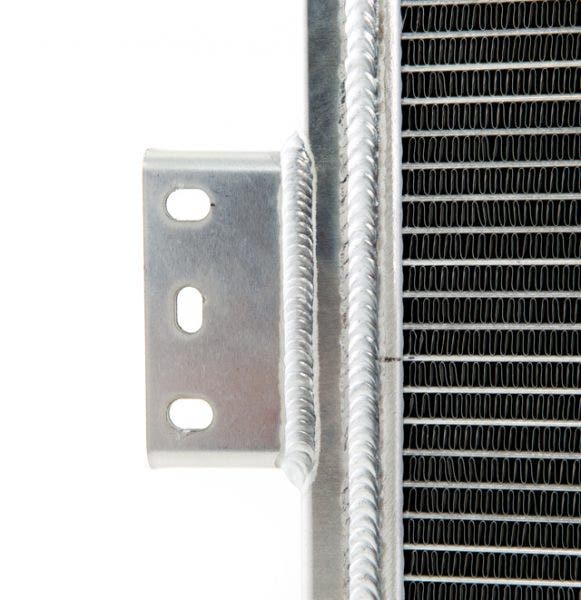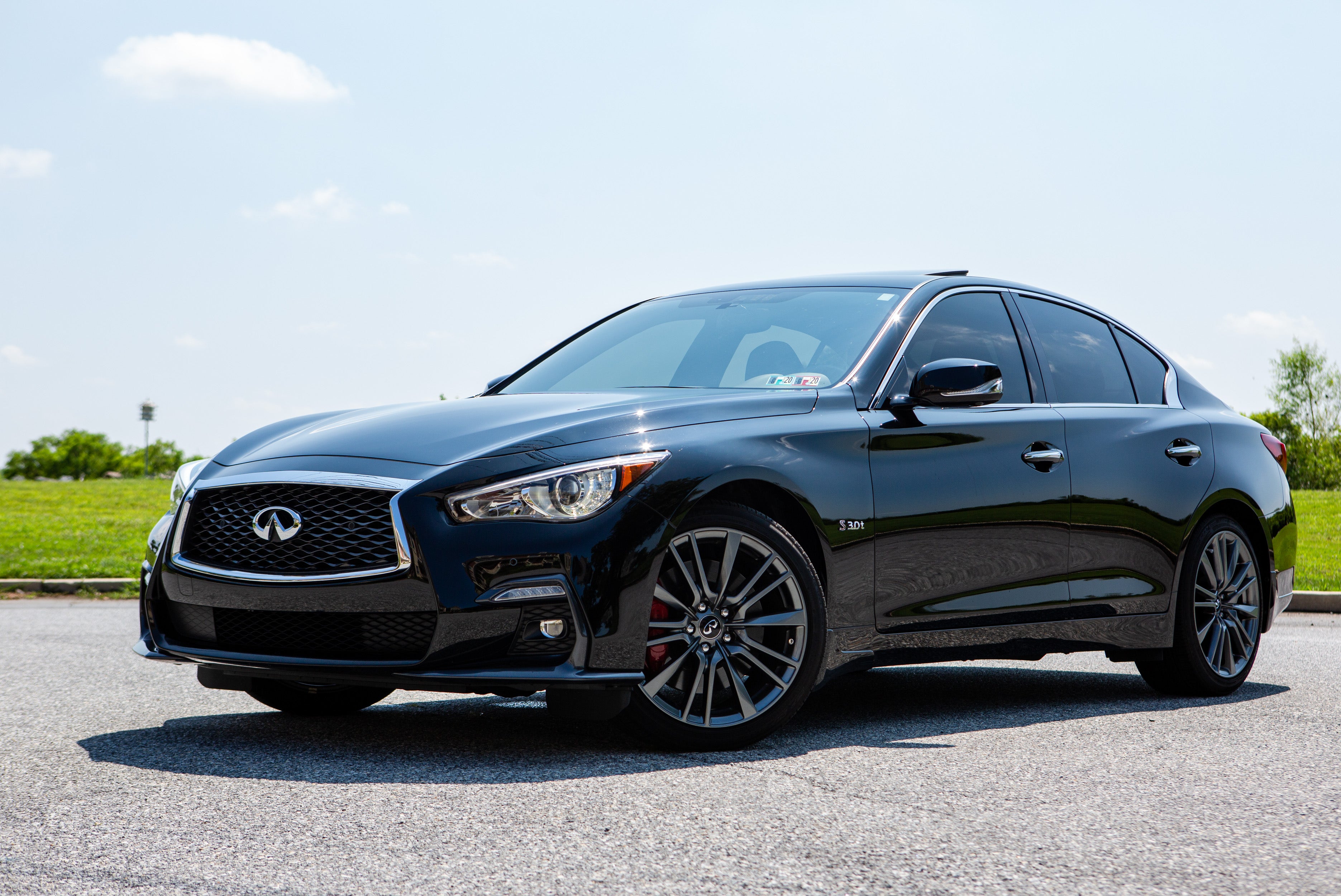You have to walk before you can run. I'm sure just about everyone's heard that colloquialism before. While it's cliché, it does ring true when it comes to our Infiniti Q50 heat exchanger. Before we see just how strong that new link in the chain is, we want to examine that link by itself.

When you last saw our heat exchanger design, it was just the outer framework of what our engineer had planned, but now those plans have come to fruition. The obvious characteristic that carried over from our last post is the sheer size of our heat exchanger. When compared to the stock unit, we might not have gained much in the way of thickness, but the growth spurt still allowed for a whopping 196% increase in core volume and a 97% bump in external fin surface area.


















